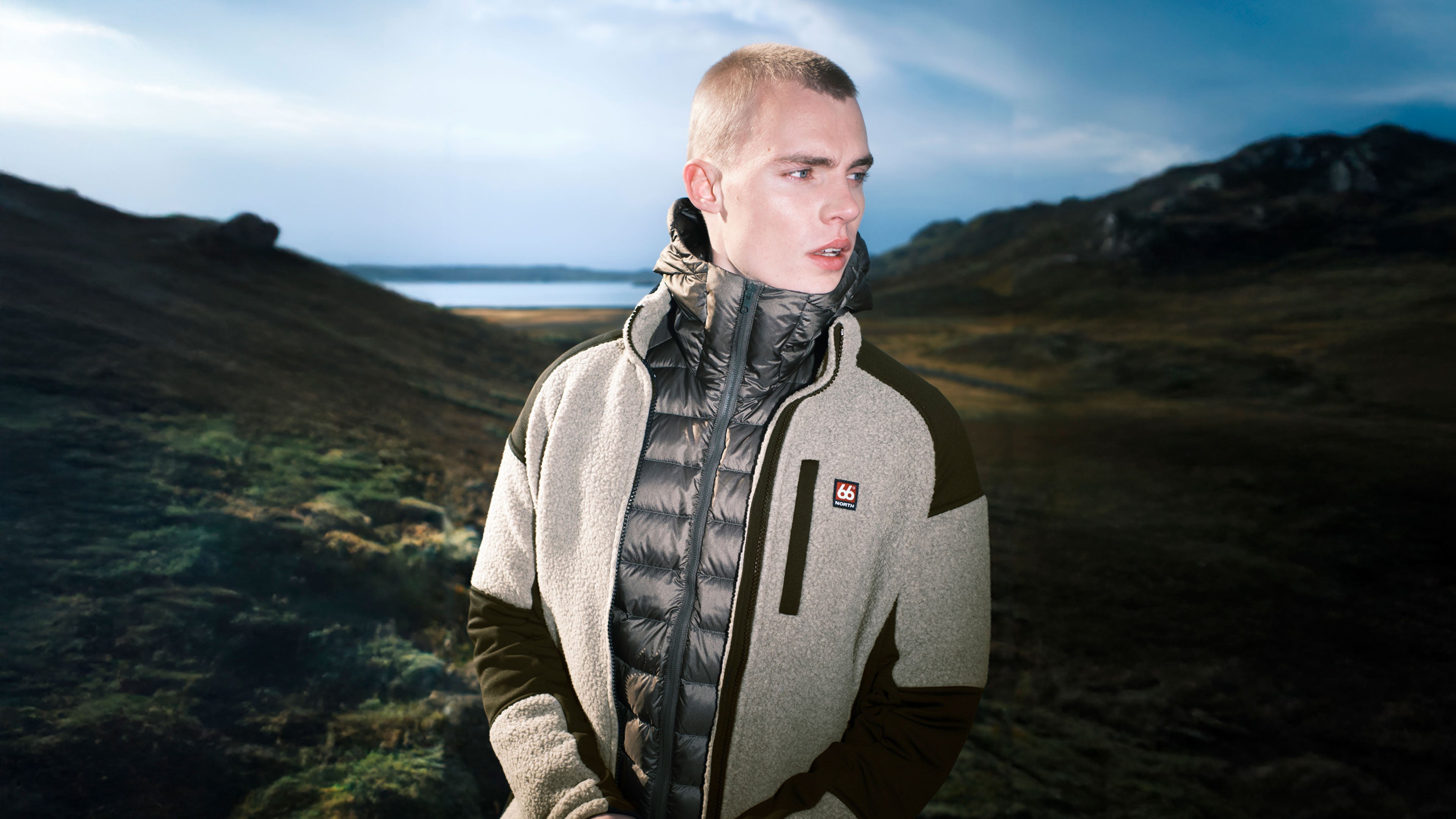Listamaðurinn Þórsteinn Svanhildarson og arkítektúr neminn Irena Sveinsdóttir eru bæði fædd og uppalinn í Reykjavík en eiga bæði ættir að rekja norður á land. ‘’Við erum þessi klassíska íslenska vísitölufjölskylda en við eigum börnin Sól, 4 ára og Flóka, 3.ára. Allt okkar líf er hér í 101 Reykjavík og nágrenni, hér er alltaf líf og fjör og það er einmitt það sem veitir okkur innblástur.
This site has limited support for your browser. We recommend switching to Edge, Chrome, Safari, or Firefox.
Free shipping on all orders over 350USD
Extended Holiday returns until January 31, 2026
Warranty against defects
Search
Search
Trending now
Search
Search
Trending now
Use coupon code WELCOME10 for 10% off your first order.
Cart
0
Congratulations! Your order qualifies for free shipping
You are $1,000 away from free shipping.
No more products available for purchase
Products
Pair with
Is this a gift?
Your Cart is Empty
Select your country


